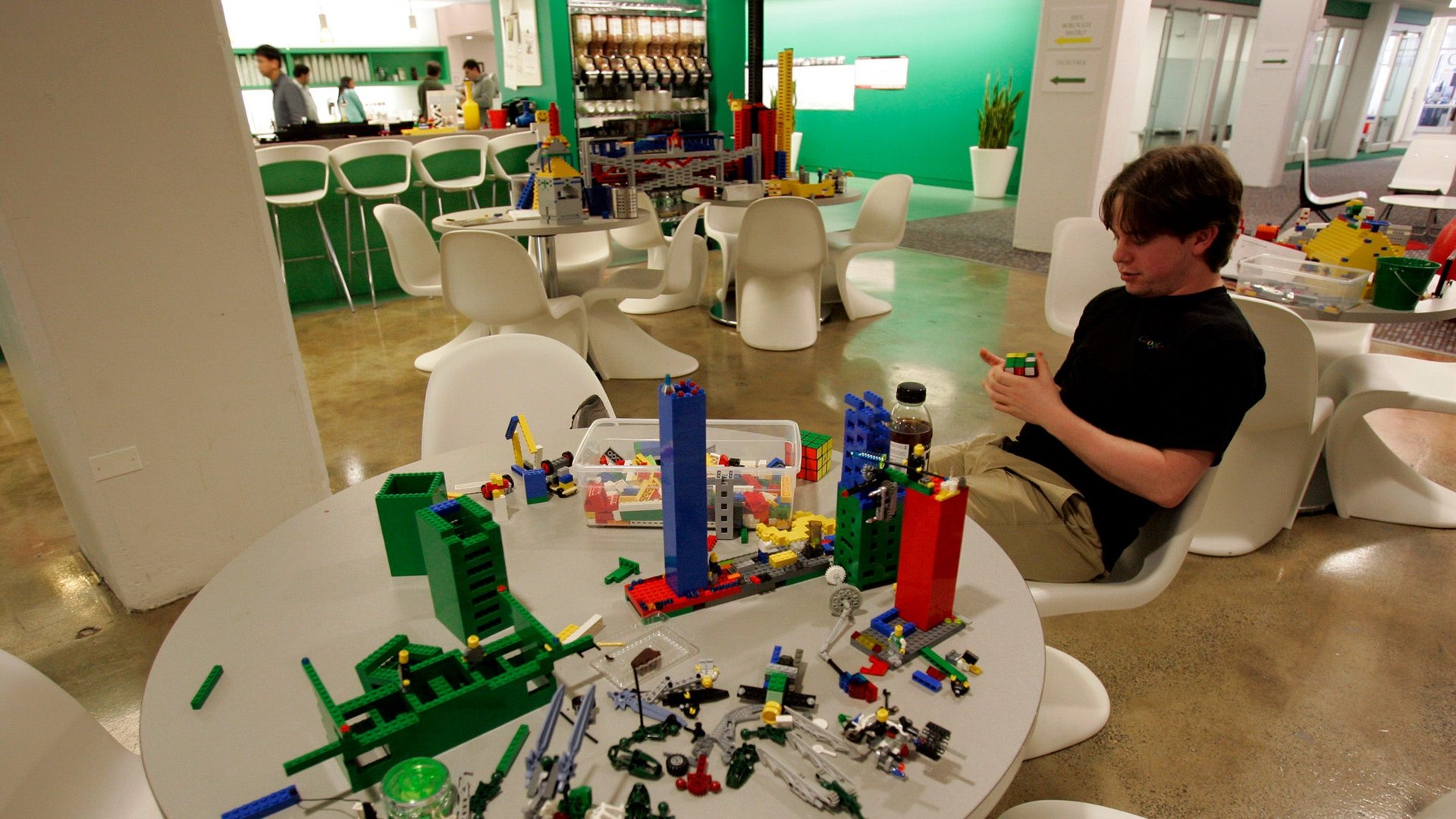Inside Google’s culture of relentless self-surveying
When Google recently admitted that the baffling brainteasers it posed to interviewees were utterly useless at predicting which ones would make good employees, it was another example of the power of what Google calls “people analytics”—the mixing of Big Data with management science to come up with smarter ways to work.


When Google recently admitted that the baffling brainteasers it posed to interviewees were utterly useless at predicting which ones would make good employees, it was another example of the power of what Google calls “people analytics”—the mixing of Big Data with management science to come up with smarter ways to work.
The company’s obsession with human data is perhaps best known for producing the rule that no employee should sit more than 150 feet (46 meters) away from a micro-kitchen, and that in those kitchens the chocolate M&Ms be kept in opaque jars while healthier food is in clear containers, to encourage healthy eating habits. Google’s often controversial culture of omniscience about its users is mirrored, inside its posh campuses, by a team of industrial-organizational psychologists, behavioral economists, consultants and statisticians who survey and experiment with Google’s staff.
It only takes four interviews
In 2006, Google was still doubling its workforce every year, and that level of hiring made quality control difficult. Brian Welle, a psychologist who is the director of people analytics, says that when he joined the company that year, the fledgling group didn’t need to look far for complaints. Interviewees were writing blog posts about how exhausting the process was. The company began Vox Pop, a survey of everyone who came in for an interview, asking them to rate their experience.
One result: Some potential hires were meeting a dozen or more Google employees. After assessing the results of hiring decisions and the experience of candidates, the company concluded that four interviews was enough to gain a reliable prediction of whether they’d be a good hire; more than that made little appreciable difference. Google employees now spend less time doing interviews.
Shyness is unproductive
New hires at Google go through an orientation process designed to make them productive quickly. It too is shaped by people analytics. A no-brainer is making sure that new hires have the basic tools of their job and an outline of their work goals for the first week, two weeks, etc. In one experiment, the people analytics team found that sending managers an e-mail just before they met a new employee to remind them of a simple agenda for the first four days of employment boosted that employee’s productivity by between 5% and 14%.
Welle says they’ve discovered another productivity booster: Training employees to be “proactive agents for their own socialization”—or what the more simple-minded among us might call getting to know people. This training consists of a ten-minute module on “actively soliciting feedback from your manager and your peers, actively meeting new members of your team; and, in the face of ambiguity, assuming good intent from the people you are working with.” It helps new employees—especially those who, not to stereotype engineers or anything, might lack some social skills— get up to speed significantly faster.
The geist in the machine
The questions don’t end after you’re a proper Google employee. The people analytics team gathers data in yearly “Googlegeist” surveys of every employee at the company. The 30-minute survey has a response rate of 88% or more. In between the annual Googlegeist, the company asks employees to rate their manager’s behaviors. And then there are smaller surveys focused on different topics. Becca Ginsberg, a Google spokesperson, has taken a survey about her standing desk. Welle says that there’s also plenty of unsolicited feedback from employees, often in the form of internet memes.
All this helps company bosses focus on keeping the top 5% of employees from leaving, and finding ways for the bottom 5% to improve. In 2010, Welle’ boss, Google SVP Laszlo Bock, told Harvard Business Review about a study that found many of the worst-performing employees weren’t bad at their work, but were simply in the wrong roles or poorly managed.
Because it’s Google, workers like hacking everything, include the system that’s been designed to study them. One people analytics experiment tried putting smaller dishes in the canteens to encourage people to eat smaller portions. Nobody used the smaller plates until the team explained the goal. “It’s revolutionary to me because the first thing I was taught, whenever you design an experiment, you do not want to bias your subjects,” Welle says. At Google, “you need to engage people not just as subjects, but as experimenters.”